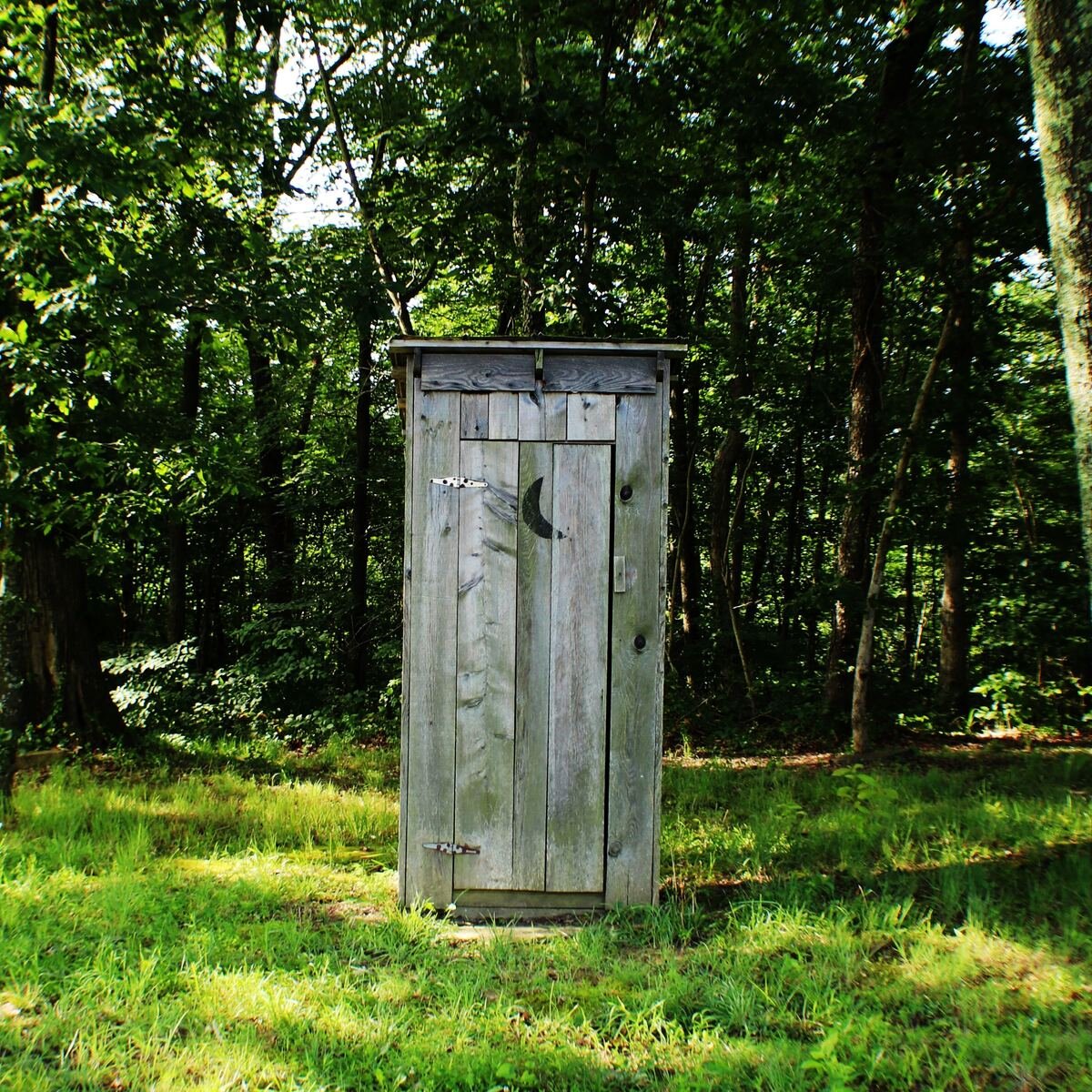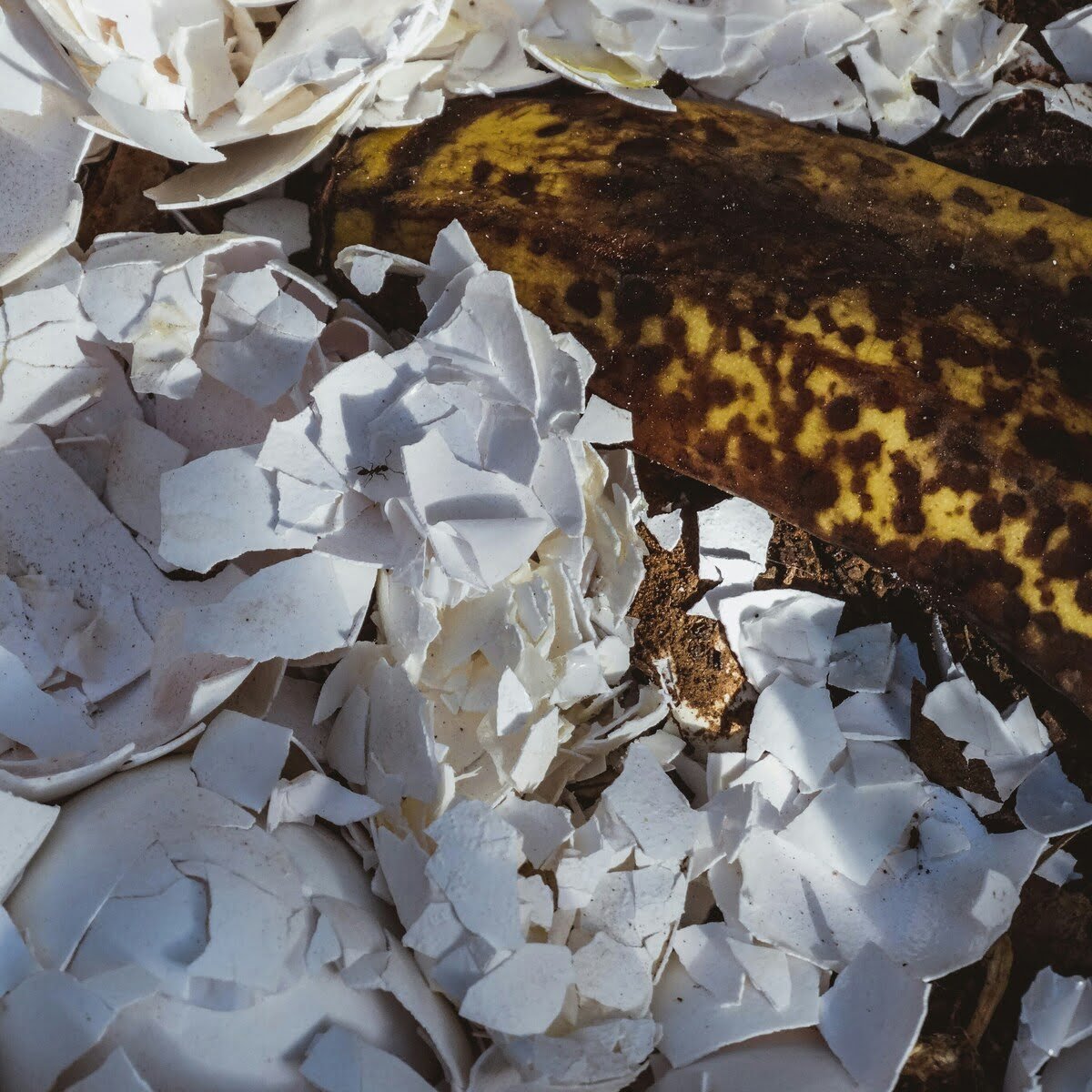Composting toilets offer an innovative alternative to traditional septic systems, especially in areas where conventional plumbing is impractical or environmentally unsustainable. These systems represent a significant shift in how we think about waste management, turning human waste into a valuable resource rather than a disposal problem.
At its core, a composting toilet is a type of toilet that treats human waste through a biological process known as composting. This process decomposes organic matter, transforming waste into compost, a nutrient-rich material that can be used to enrich soil. Unlike traditional toilets that require a significant amount of water to flush waste into a septic tank or sewer system, composting toilets use little to no water. They are designed to facilitate the aerobic decomposition of waste, which is a more environmentally friendly method of waste disposal.
The key to the composting process in these toilets is aerobic bacteria. These bacteria break down waste along with a carbon-rich material, like sawdust or peat moss, which is added to assist in the composting process and reduce odor. This decomposition process not only reduces the volume of waste significantly but also neutralizes pathogens, making the resulting compost safe for use in non-edible gardens.
One of the major benefits of composting toilets is their sustainability. They dramatically reduce water usage, which is particularly beneficial in areas facing water scarcity. By eliminating the need for water to flush, these toilets can save thousands of gallons of water per year, a crucial factor in water conservation efforts. Moreover, composting toilets prevent the contamination of groundwater with human waste, a significant issue with traditional septic systems, especially in areas with high water tables or near bodies of water.
Another advantage is their adaptability and ease of installation. Composting toilets can be installed in a variety of settings where traditional plumbing is not feasible, such as remote cabins, off-grid homes, or during camping and boating trips. They are also an option for urban dwellers seeking eco-friendly alternatives to conventional toilets.
The design of composting toilets varies, but most models fall into two categories: self-contained units and central, or remote, systems. Self-contained units are compact, with the composting chamber located beneath the toilet seat, making them ideal for smaller spaces or single-family homes. Of particular interest are self-contained systems that separate liquids from solids (see the Separett model at the end of this article) which hastens the composting process and minimizes any potential for odors. Central systems, on the other hand, involve a larger composting unit located outside the living space, connected to one or more toilets. This type is suitable for larger households or commercial settings.
Using a composting toilet requires a change in mindset and some adjustments in usage habits. The balance of carbon-rich material and moisture is critical to ensure effective composting and odor control. Users must regularly add carbon material and occasionally turn or aerate the compost to maintain the right conditions. It’s also essential to understand that not all composting toilets can handle kitchen waste or other types of organic matter.
Maintenance is another aspect where composting toilets differ significantly from traditional systems. While they don’t require plumbing maintenance, they do need regular emptying of the compost. The frequency of this task depends on the size of the unit and the number of users. Properly managed, the composting process significantly reduces the volume of waste, and the end product is a nutrient-rich compost that can be used in gardens.
In terms of health and safety, composting toilets are generally safe when managed correctly. The composting process kills most pathogens, but it’s recommended that the compost be used only on ornamental plants, not on crops meant for consumption. This precaution is to avoid any potential health risks from pathogens that might survive the composting process.
There are, however, some challenges and misconceptions associated with composting toilets. One common concern is the potential for foul odors, but properly managed composting toilets produce minimal odor. Another challenge is the initial cost, as some advanced composting toilet models can be more expensive than traditional toilets. However, the long-term savings on water bills and septic system maintenance can offset this initial investment.
In terms of environmental impact, composting toilets offer a significant advantage. They reduce the load on sewage treatment plants and minimize the environmental footprint of waste management. By converting waste into compost, these systems close the loop, turning a waste product into a resource that contributes to soil health.
Public perception and regulatory acceptance are also evolving. While composting toilets have been popular in off-grid and environmentally-conscious communities for years, they are gradually gaining acceptance in more conventional settings. Building codes and regulations are beginning to accommodate these systems, recognizing their environmental benefits and practicality in certain situations.
Looking to the future, composting toilets hold the potential to play a pivotal role in sustainable living. As water scarcity becomes an increasingly pressing issue and as more people seek eco-friendly lifestyles, these toilets offer a practical solution. They challenge the traditional view of waste management and represent a step towards a more sustainable and environmentally responsible approach to sanitation.
Composting toilets are a viable alternative to traditional septic systems, particularly in areas where water is scarce or where conventional plumbing is impractical. They offer environmental benefits, including water conservation and reduced groundwater contamination, and provide a sustainable method of turning waste into a valuable resource. While they require a shift in mindset and usage habits, their adaptability, and sustainability make them an appealing option for a wide range of settings, from remote cabins to urban residences. As awareness and acceptance of these systems grow, they are likely to become an increasingly common feature in the landscape of sustainable living options.
Products
[amazon box=”B01N3QSLZK”]




